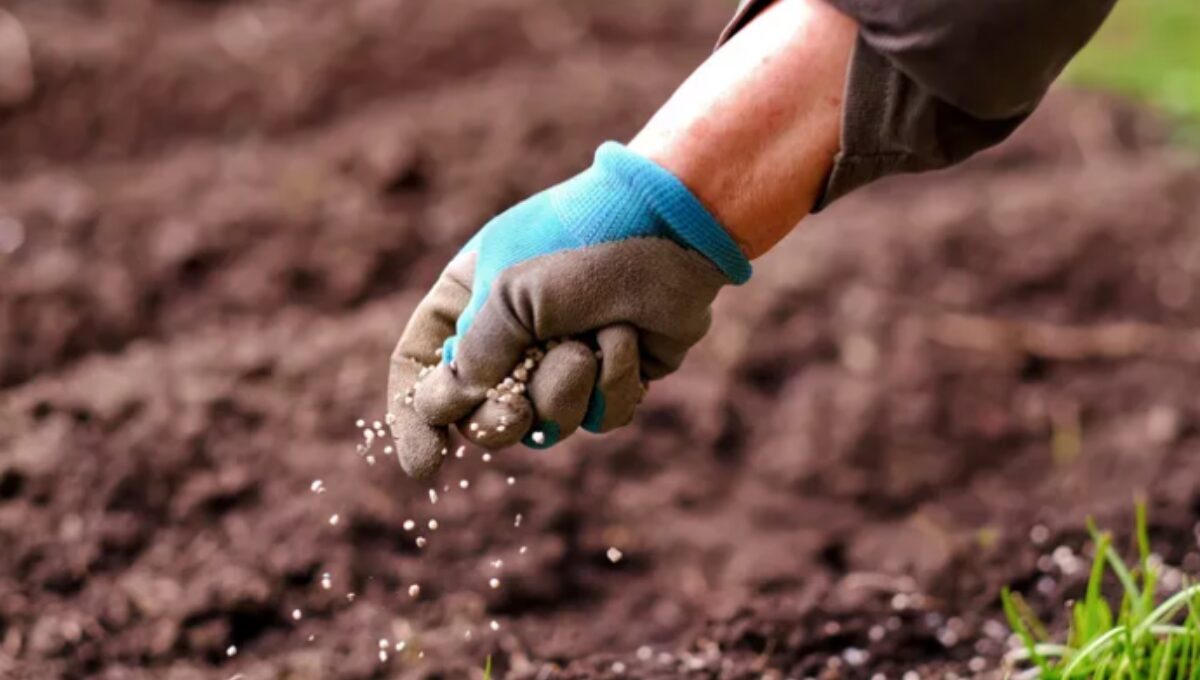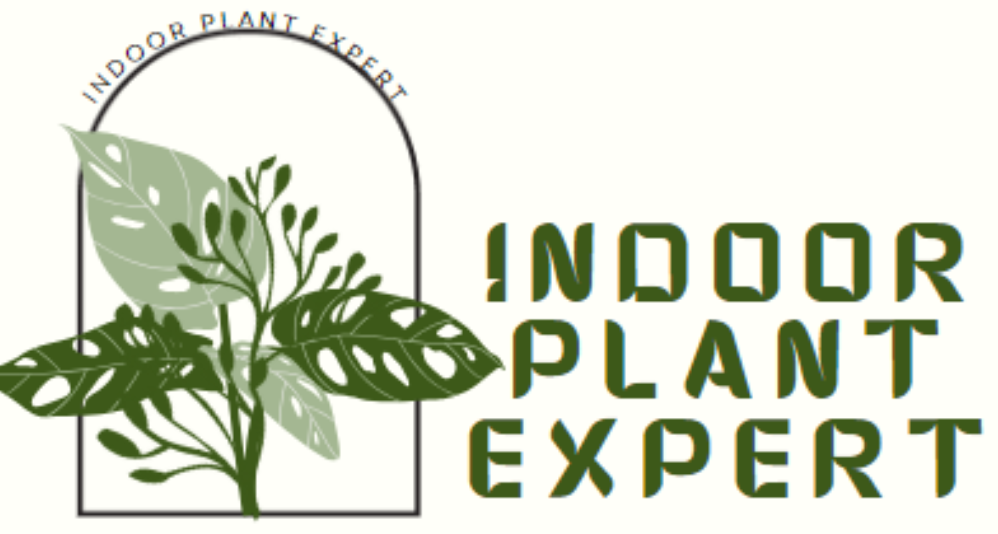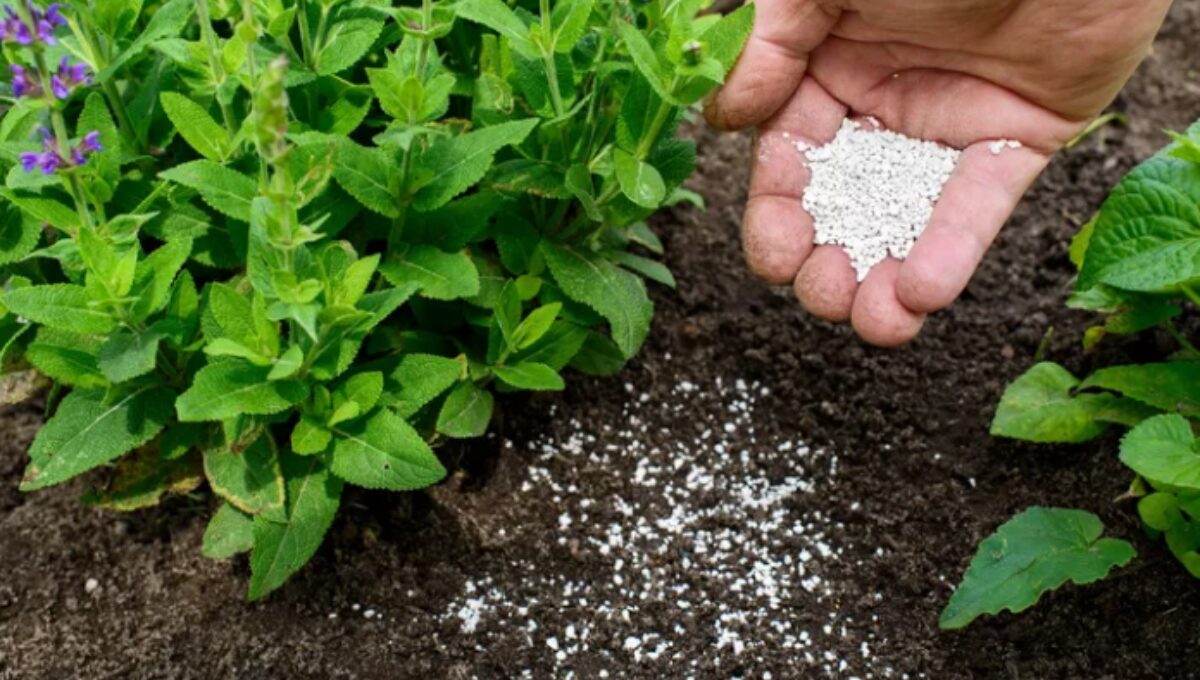Indoor Plants have very limited resources and fully depend on the owner. As they need nutrients to grow healthy, you must often fertilize the plants. Here are the details Fertilizing guide for indoor plants for your help. Fertilize indoor plants to support growth during their growing season.
Fertilizing Guide for Indoor Plants

Most of the time we forget to fertilizer the indoor plants and it hamper the growth of the plants. Feeding the plants on properly to grow healthy, beautiful plants. As the indoor plants have the limited resources for growth we have to look after them time to time for proper growth.
You need to mix the fertilizer while potting the plant. When potting soil is fresh, you need not to fertilize the plant often but when the soil become old you need to fertilize often. Indoor plants will be fertilizer specially in the month of growth in Spring and summer season. The plants should not often fertilize the plant in the flowering time and in winter season.
Types of Fertilizer

There are several variants of fertilizers like liquids, sticks, tablets, granules, and slow-release forms. There are two best form one is the liquid and other slow release fertilizer. Sticks and granules can also be used but it will not distribute nutrients very well through the soil.
Water Soluble of Liquid Fertilizer
This is the popular form of fertilizer in indoor plants. It is very easy to use and quite simple. But in this method excess of the fertilizer may be used and that is harmful for the plants. Even after the Liquid form of fertilizer of the most popular.
If you wanted to use the liquid fertilizer, diluted in water once every week, 2 weeks, or monthly, depending on the plant species and its needs. This method will works well because it is under control you know when to feed and when to stop.
Slow-Release Granules
This is the convenient way to fertilize the Indoor and Outdoor plants and it become a popular method. In this way the fertilizer will spread out on the top of the soil and gradually dissolve over, will take approx. a 6-month. You are recommended to use this type of fertilizer outdoor but in indoor it is not recommended, because there is no control in this method.
Fertilizer Spikes (sticks)
Fertilizer spikes are also a better way to fertilize the plant, this is a sticks placed in the soil and which spread nutrients in the soil. This method in can be controlled by removing the sticks from the soil. But this is not cheap as liquid or granules.
Use Liquid Fertilizer

Tips for Buying Fertilizer
You should know all the what are the ingredients in the fertilizer before buying it. All general-purpose fertilizers must contain the basic macronutrients that plants need to grow, including nitrogen, phosphorus, and potassium. Here are the list of fertilizer required by the plants in different categories:
- Nitrogen encourages healthy foliage growth like Dracaenas, Calathea
- Phosphorous encourages bigger, healthier blooms like Orchids, Bromeliads.
- Potassium encourages a strong room system.
Basics of Nutrients in Fertilizers

You must know the the nutrients fertilizer before using it. If you know the ingredients present in the fertilizer and what your plants need then it will help the plants and its growth. If you use the fertilizer according to the plant requirement, will encourage the growth of the plant. Whenever you purchase fertilizer from a store the packaging will state the amount of (macro-nutrients) nitrogen, phosphorus, and potassium in percentages (e.g. 20-20-20 or 5-5-5) and then micro-nutrients in much smaller percentages.
- Nitrogen: Improves overall growth of the plant and its foliage. Leaves grow quicker and look much greener and healthier. A 15-10-10 (or similar) fertilizer is often used for foliage-type plants.
- Phosphorus: Phosphorus gets to the roots of a plant and improves its health and growth. It also encourages flowers to bloom. Flowering house plants are best suited with a higher amount of phosphorus (e.g. 10-15-10).
- Potassium: Also known as potash, enough of this nutrient is required to support overall growth through energy transfer and reproduction. Potassium has an important role to play in flowering, fruiting, and a plant’s overall health.
Fertilizer or not to Fertilizer

Most of the plants should be fertilize the plant in the growing season which is spring and fall. You need to stop fertilizing completely in the month of winter. But if the flowering of the plant in the month of winter then plant will be fertilize through out the year. In the time of rest period you need to stop fertilizing the plant and slow down watering.
New and re-potting the plant
Whenever you brought a new plant or re-potted with new soil you need not to use the fertilize the plant till next month. Because the new soil has already the soil mix which already containing plenty of nutrients.
Unwell plants
Indoor Plants become unwell at any point of time for any reason. So you need to figure out the reason for your plant which is not doing well. First of all you need to diagnose the reason of the plant being sick and then rectify the error. Like lighting conditions, humidity and fertilize. Some time it is due to over-fertilizing.
How often and amount of fertilizer:
You need to follow the guidelines on the box of the fertilizer written, which is usually once a week or two during the growing period. Sometime it depend on the plants requirement. You need to use less fertilize the plants if the plants are growing in low light conditions.
Under and Over Feeding Signs
You must not fertilize the plant too little or too much. Both will create the problems. Overfeeding causes more serious problems than less feeding. Here is the list of the problems which is arises due to over feeding and less feeding of fertilizer.
Less Feeding of Fertilizer
- Slow and weak growth
- Not enough leaves and new shoots
- Small flowers
- No flowering
- Weak looking and pale in color
- Yellowing leaves
Over Feeding of Fertilizer
- Slow and weak growth
- Leaves wilting
- Root problems and rot
- Growth stops
- Scorched leaf edges and brown spots
- Losing lower leaves
- Build up of salts on the top soil causes a white crust
- Plant death after a prolonged period of overfeeding
This is all about the Fertilizing guide for Indoor Plants. Hope it will answer all the questions in your mind and you will enjoy it. All the details written above are the writer’s judgment. Thank you for reading. If you have any queries and suggestions kindly leave a comment.


Welcome to the Indoor Plants Experts website! I am Gunja Bhardwaj, and I’m a Banker by Profession a gardner by Hobby. For the last ten years, I’ve been all about growing and caring for all sorts of houseplants.
I am Managing a small garden with my full time job. I had learn a lot about the house plants. That they not only beautiful but they have lots of specialties.
I can’t wait to share all my tips and experiences to plants lover who are interested in learning about the care of plants.
If you have any questions or comments please don’t hesitate to contact me here, using the simple form.
Happy Growing
Gunja Bhardwaj
Editor

